How Much Activity Does a Dog Need?
Loyal and faithful, full of personality yet also mischievous and stubborn-minded.
This is our canine companions, man’s best friend, who can make the best of cuddle partners yet confound us at times with their destructive behavior and sheer single-mindedness.
Yet, as dog owners, many fail to realize that these confounding behaviors could easily be overcome by involving your dog in an active lifestyle with some training thrown in for good measure.
By offering your dog play sessions, long hikes, or short walks in the great outdoors, you are providing not only great physical activity but mental stimulation as well.
In this article, we look at the various ways you, as a dog owner, can ensure your dog gets the right amount of exercise that leaves it happily tired at the end of the day.
How Much Exercise Does Your Dog Need?
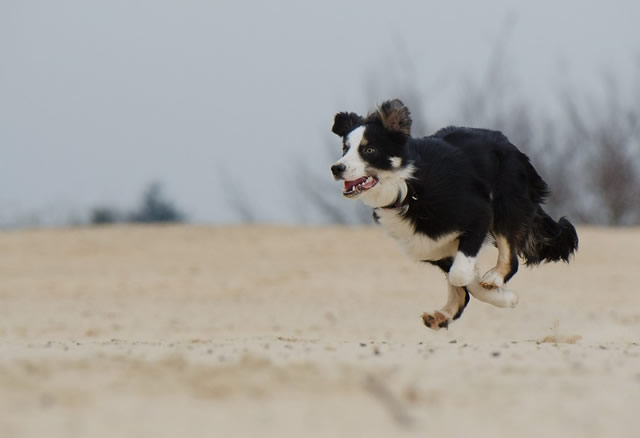
As such, there is no standard answer to this question, as several factors influence the amount of physical activity your canine companion requires to stay healthy and mentally challenged.
But having said that, there are some questions you can ask to get a better idea of their energy requirements and physical activity needs.
What Breed are They?
Every dog is different in terms of their energy levels and dog exercise requirements. And it goes without saying that larger dogs require far more strenuous exercise than small dogs or senior dogs.
Therefore, to gain a better understanding of your dog’s activity requirements, it is recommended that you go online and look up sites that outline your dog’s breed requirements.
In fact, it is recommended that high-energy dogs, such as hunting breeds, will need a vigorous exercise routine of one to two hours daily to keep the dog busy and mentally and physically stimulated.
Conversely, a giant breed dog will require more exercise without skipping a day.
As such, a one to one and half hour exercise session daily should suffice adequately for all other dog breeds, which includes small breeds such as Yorkshire Terriers.
How Old Are They?
Your dog’s age is also a principal determiner of what its exercise routine should look like.
A pup, for instance, has high energy levels, which means they will require multiple 10-15 minute short bursts of activity daily.
But do note long, consistent exercise sessions aren’t good for the pup’s developing joints. So, it helps to take it slow with play sessions.
On the other hand, adult dogs’ exercise routines require you to provide a more consistent and stimulating exercise routine than a puppy’s.
While the exercise requirements for a senior dog will start to subside when it reaches old age, it still requires light exercise to stay in shape and healthy.
Therefore a brisk short walk around the neighborhood is ideal.
Do They Have Any Health Problems?
Some breed of dogs is predisposed to genetic health problems that cause respiratory issues and therefore require a different exercise regime.
Short nose or Brachycephalic breeds, such as the French Bulldog or Boston terrier, have a hard time breathing in general due to their squashed faces.
Therefore, you should avoid steep slopes and high-energy exercise as you will not want to put undue stress on the dog’s breathing.
In this instance, consulting with your vet would be advised if your dog suffers from an underlying health issue and you are unsure of the correct exercise for it.
How Fit Are They?
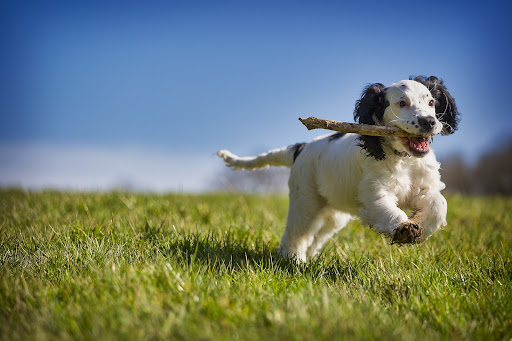
If your dog is suffering from any physical injury, it goes without saying that you should not force them into strenuous exercise.
There again, if they are couch potatoes that have lived a sedentary life up until now, take it slow and easy, to begin with.
You can do this by introducing them to active play sessions such as hide and seek and building upon the exercise sessions from there.
What do They Enjoy Doing?
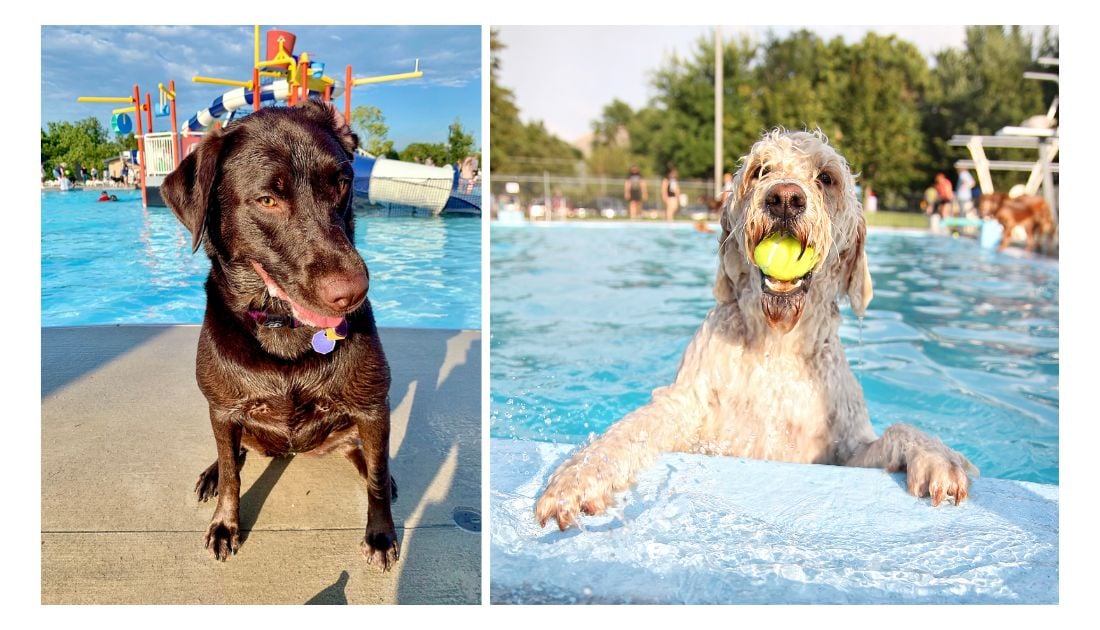
Each dog is uniquely different, so take some time to discover what makes it tick.
Some dogs enjoy walks and will thrive on a long walk, while others will enjoy agility work or play sessions.
By taking the time to get to know your dog, you will be better equipped to know what aligns with your dog’s temperament.
Different Ways to Exercise Your Dog
As such, there aren’t any strict rules about how to exercise your dog.
The best advice is to do daily exercise in a fun way that works great for both you and your dog.
- Walking/Hiking
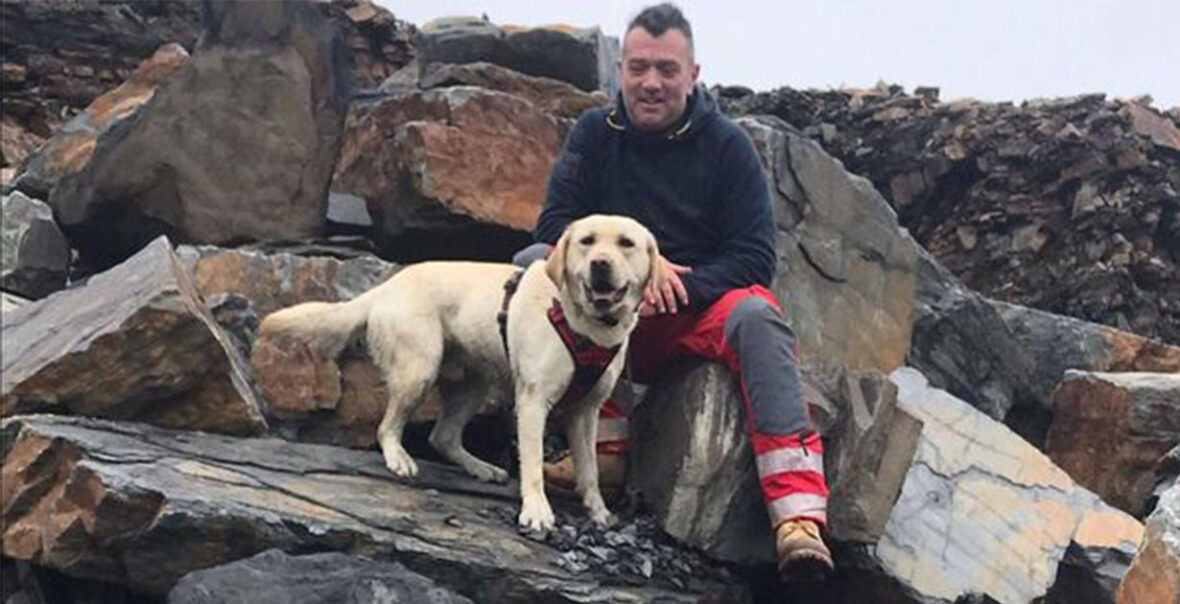
Walking is one of the most common ways to exercise your dog to maintain physical and mental health.
But if you commit to walking as a daily exercise, you will need to stick to it every day.
Start slowly so as not to wear your dog out if it’s unused to daily walks, and gradually build up to a brisk walk.
- Running/Jogging
Initially, take your dog on runs covering moderate distances.
Jogging is an excellent way to channel dogs oozing energy.
Again, start slowly and begin to up the pace week by week, covering longer distances.
- Swimming
Not all dogs enjoy swimming, and while some dog breeds will happily splash around in the water, retrieving sticks in their mouth and burning off all that excess energy, others won’t.
And remember, never force a dog into the water if they are reluctant to go in.
- Agility Training
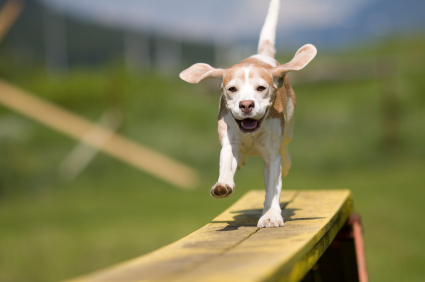
Agility training is one of the fun ways to exercise your dog, especially if they are a fan of physical and mental exercise that challenges them.
Look for a local club offering outdoor or indoor agility activities and dog courses.
Consider using a GPS smart collar for dogs during agility sessions, coupled with activity tracking, to ensure your furry companion stays within the designated area while training. According to World Animal Foundation, this latest tech offers the dual advantage of boundary reinforcement and the ability to monitor your dog’s physical activity levels, providing a comprehensive solution for safety and exercise management.
- Fetch/Frisbee
Fetch and frisbee is a great way to form part of a dog’s daily exercise requirements and to teach basic commands.
From small to giant breed dogs, dogs love a good game of fetch.
But do make sure you use pet-friendly toys when engaging with your dog in this activity.
- Training/Mental Stimulation
One of the great side effects of training a dog is the mental stimulation required to complete the tasks.
So whether it’s obedience training, dog sports, or elimination of undesirable behaviors, your dog gets to participate both physically and mentally.
And as a bonus, it makes for a great daily exercise regime.
How to Calculate Your Dog’s Ideal Activity Level
It can be a little confusing at times to come up with an activity level that will be appropriate for your dog.
So, here are some ways to determine how much exercise does a dog need.
- Consult with a Veterinarian
By analyzing your dog’s health, weight, size, and other characteristics, your vet can put together an activity chart best suited to your breed of dog.
This will help you determine how much daily exercise is required and will also help act as a weight management guide for your dog.
- Observe Your Dog’s Behavior
By observing your dog’s behavior during the dog’s exercise routine, you will be better informed as to what exercise activity is best suited to the dog.
For example, if your dog pants excessively, experiences sore muscles, has heat exhaustion, or lags during or after an exercise session; it’s a good indicator that your dog is being overexercised.
Conversely, suppose your dog seems restless or agitated during training or exercise sessions. In that case, it could also indicate that it is bored and not getting the mental stimulation it requires from activities.
- Gradually Increase Exercise Over Time
Start slow. That applies to many dogs, irrespective of their breed.
For suddenly, exposing your dog to a rigorous daily exercise plan could quite easily take its toll on them.
Again, remember that an older dog will require a more moderate form of exercise; otherwise, they won’t be able to keep up.
Therefore its recommended that for a healthy adult dog, you keep increasing the interval and intensity of the dog’s daily exercise routine slowly so as not to overwork them.
- Consider Hiring a Professional Dog Trainer.
Professional dog trainers are not only savvy dog breed specialists; they also know exactly how much exercise dogs need to stay fit.
Yes, hiring a professional trainer will cost you, but it’s safer than overexercising or underexercising your dog.
What Happens if I Don’t Exercise My Pet?
Just like humans, by not getting their dose of daily exercise, most dogs can become prone to not only physical ailments but mental ones too.
- Weight Gain
If not subjected to some form of daily exercise or activity, all other dogs, irrespective of their breed, can become overweight and experience health conditions.
And more so those breeds prone to obesity, such as the pug and Golden Retriever, amongst others.
In fact, weight gain causes issues such as heart and respiratory problems and can also influence a dog’s likelihood of developing hip dysplasia.
- Joint Issues
By not getting enough exercise, your dog’s body loses its flexibility and becomes stiff, which can cause joint and agility issues later on as they become senior dogs.
- Anxiousness
Exercise does dogs good. There is no disputing that. But another important factor is that daily exercise contributes significantly to a dog’s mental health.
Exercise, in particular, helps decrease problems such as anxiety and separation anxiety, while a lack of exercise can contribute to these behaviors.
- Unwanted Behaviors
A lack of daily exercise and mental stimulation for your dog can easily lead to attention-seeking behaviors.
An unexercised dog will channel this extra energy into unwanted and destructive behaviors. Such as being overly clingy, chewing on things, or even displaying aggressive mood swings.
Conclusion
Dogs are capable of great love and affection, but you must be committed to meeting their daily exercise requirements to get the best from your dog.
And if you really can’t commit the time, at the very least, look into hiring a dog walker.
For it’s in the best interests and health of your canine companion to do so, and that’s what counts at the end of the day!
Related Posts
- How Much Exercise Do German Shepherds Need to Thrive?
- Discover the Most Epic Dog Water Parks in America
- Could Kefir Help Even Healthy Dogs Live Longer?
